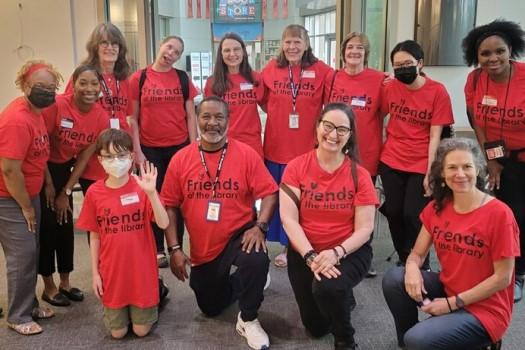Melissa Reviews: The New Jim Crow: Mass Incarceration in the Age of Colorblindness by Michelle Alexander.
“The genius of the current caste system, and what most distinguishes it from its predecessors, is that it appears voluntary. People choose to commit crimes, and that’s why they are locked up or locked out, we are told. This feature makes the politics of responsibility particularly tempting, as it appears the system can be avoided with good behavior. But herein lies the trap. All people make mistakes. All of us are sinners. All of us are criminals. All of us violate the law at some point in our lives. In fact, if the worst thing you have ever done is speed ten miles over the speed limit on the freeway, you have put yourself and others at more risk of harm than someone smoking marijuana in the privacy of his or her living room. Yet there are people in the United States serving life sentences for first-time drug offenses, something virtually unheard of anywhere else in the world.”
― Michelle Alexander, The New Jim Crow: Mass Incarceration in the Age of Colorblindness
Many people are making more of an effort as of late to read more racially diverse books and especially non-fiction on racism and the Black experience. The New Jim Crow came highly recommended and it did not disappoint. Well, in reality, the subject disappointed me a lot because the facts are staggering and will make your soul weary, but the book did not disappoint as a recommendation.
I feel the quote above offers a great summary for many people and introduces one of the main arguments people have in favor of incarceration, which is that people have a choice. People choose to do bad things and thus deserve to be in jail. There really is no choice though, the school to prison pipeline is real; I have lived it from the perspective of a teacher. The unfair policing and extreme punishment for first time and non violent Black offenders over White offenders is real. You cannot use the example that there are some white people in jail to “prove” that the system is not racist. I urge you to read this book with an open mind– if that has ever been an argument you have used– even if only in your own thoughts.
Although I did not know any statistics on hand before reading the book, I was aware of the extreme differences in policing and jail time. Out of my privilege, I had not given much thought to what happens after a jail sentence is served so that was the most impactful part of the book to me personally. Voting, employment, housing, and all daily living is greatly affected by having a felony criminal record. This book really opened my eyes to the life long and generational effects of the racist and unfair trend of mass incarceration.
This book tells you from the beginning that the focus is on black men, not women or other minorities, while she acknowledges that the inequities are similar and deserve their own research and voice. The book also does not much address the for profit prison system we have either, which I think is another necessary topic to delve into in order to try and understand how we have gotten ourselves here and hopefully to try and get ourselves out.
Overall, I highly recommend this book to those who are trying to learn more about our current racial and political climate.






